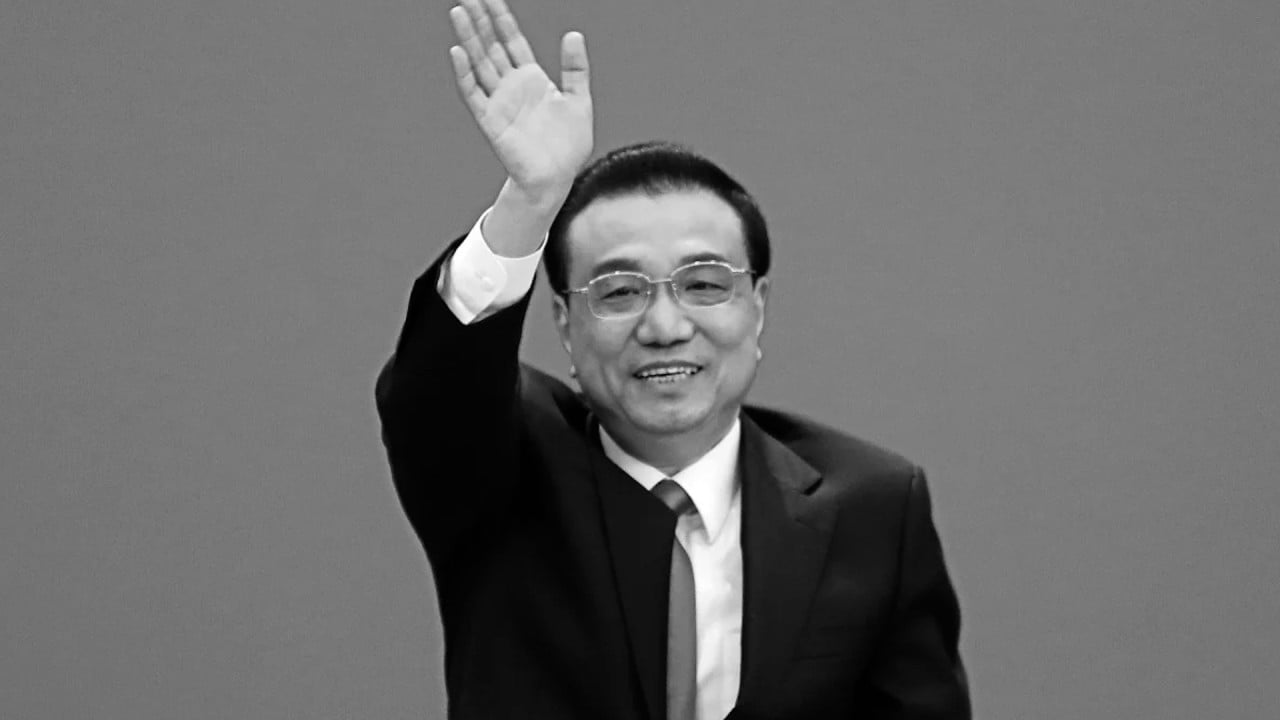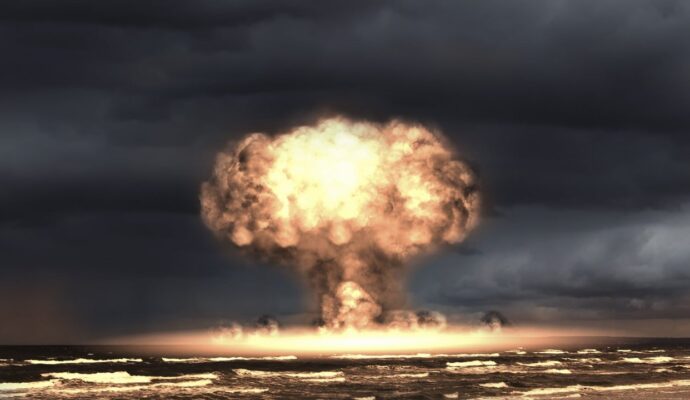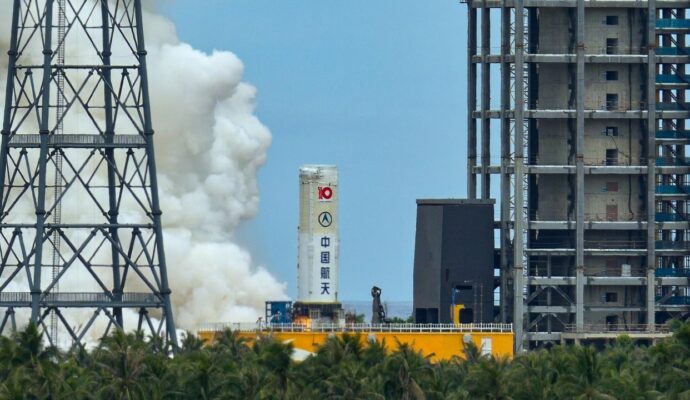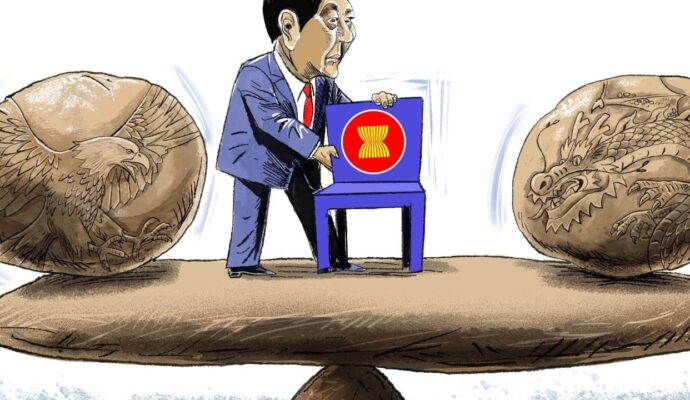China’s first premier with a bachelor’s degree in law and a PhD in economics, Li pushed for the private economy, foreign investment and simplified government procedures.
2. GDP target looms into view
Officials said due to the low comparison base last year, China’s economy only needs to reach a year-on-year growth of 4.4 per cent in the fourth quarter to achieve Beijing’s full-year target of “around 5 per cent”.
3. Export decline slows
Overseas shipments in the first three quarters of the year jumped by 47 per cent from a year earlier, already surpassing the total for 2022.
Elsewhere, imports fell for the seventh month in a row after declining by 6.2 per cent year on year. Imports had fallen by 7.3 per cent in August.
4. Food prices ‘main culprit’ as inflation remains flat
Analysts pointed to a decline in food price inflation as being the “main culprit” for CPI edging down last month, while energy price deflation eased further due to the recent rise in oil prices.
‘Deflationary pressure still a risk’: 4 takeaways from China’s inflation data
‘Deflationary pressure still a risk’: 4 takeaways from China’s inflation data
The producer price index (PPI), meanwhile, fell for a 12th month in a row, but the 2.5 per cent fall from a year earlier narrowed from the decrease of 3 per cent in August.
5. Deals galore at belt and road forum
The Belt and Road Forum for International Cooperation took place in Beijing in October, with Beijing intensifying efforts to build partnerships with members amid an increasing tech rivalry with the United States.
‘Huge potential’: China looks to belt and road to feed demand for minerals
‘Huge potential’: China looks to belt and road to feed demand for minerals
6. Economic, financial working groups holds first meetings
Chaired by financial officials at the deputy ministerial level, the first economic and financial working group meetings between China and the US took place in October.
China, US setting stage for Xi-Biden summit with Economic Working Group meeting
China, US setting stage for Xi-Biden summit with Economic Working Group meeting
7. China, Australia reach wine tariff deal ahead of Albanese visit
Albanese will visit China from November 4 to 7, and will meet President Xi Jinping and Premier Li Qiang in Beijing and also attend the China International Import Expo in Shanghai.
8. Vice-Premier He Lifeng handed increased economic authority
The 68-year-old He, who was promoted to vice-premier in March, was confirmed as the office director of the Central Financial and Economic Affairs Commission, one of the powerful party organisations headed by Xi to manage the world’s second-largest economy.



